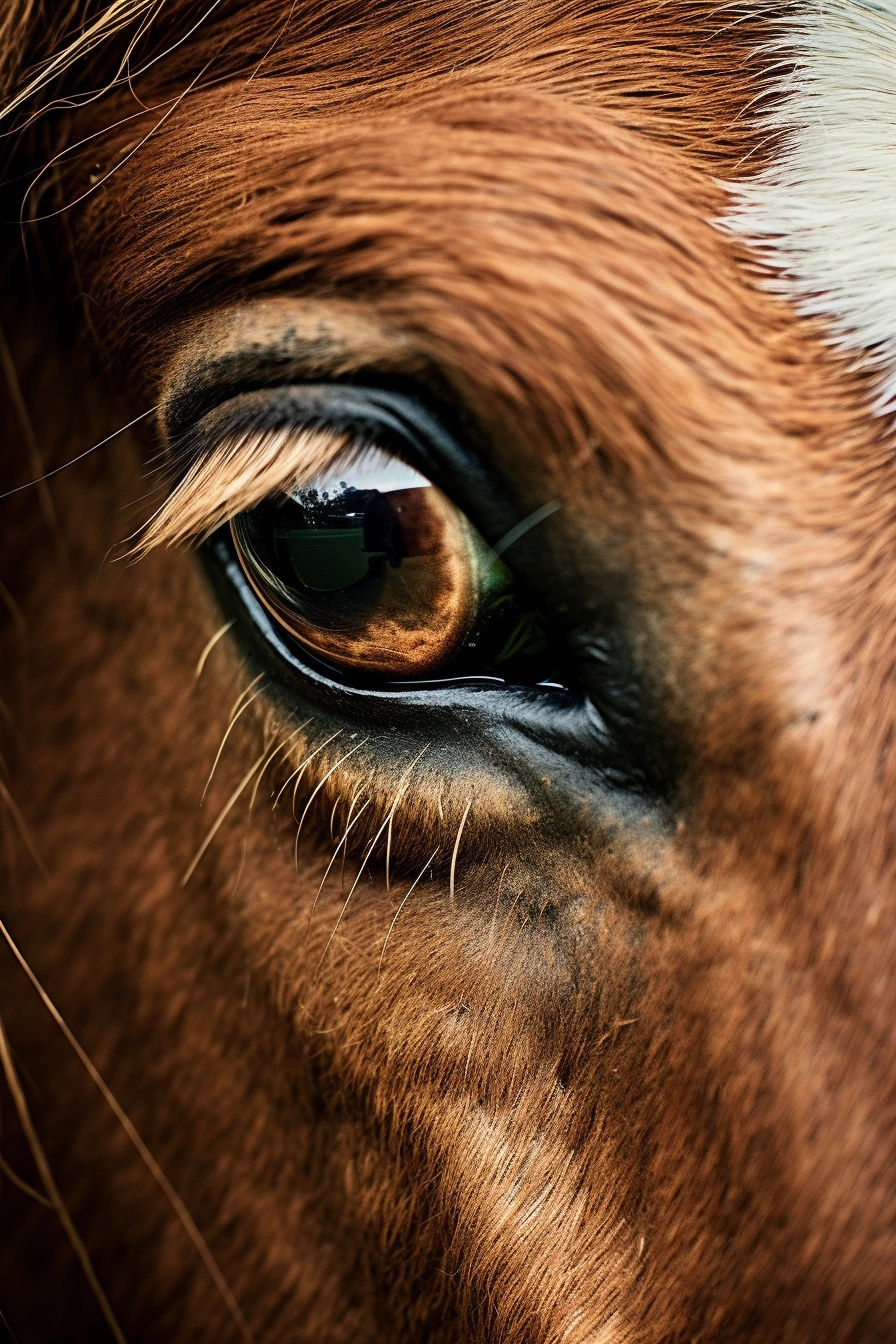
Foal Neonatal Isoerythrolysis
Foal Neonatal Isoerythrolysis (NI) is an alloimmune hemolytic disease occurring in newborn foals when maternally derived antibodies, ingested through colostrum, target and destroy the foal’s red blood cells. It results from blood type incompatibility between the mare and foal, typically involving Aa and Qa erythrocyte antigens. Affected foals appear normal at birth but develop progressive anemia, icterus, and weakness within hours to days. Early recognition, appropriate testing, and prompt intervention are critical for survival.
🩸 Definition
Neonatal Isoerythrolysis (NI) is an immune-mediated hemolytic anemia in newborn foals. It occurs when maternal antibodies, ingested through colostrum, target and destroy the foal's red blood cells due to blood type incompatibility between mare and foal.
🐴 Common Species Affected
Equine: Primarily foals, especially Thoroughbreds and Arabians.
Mules: Higher incidence due to the presence of the "donkey factor."
🧬 Etiology
Cause: Ingestion of colostrum containing maternal alloantibodies against the foal's red blood cell antigens.
Mechanism:
Mare lacks specific RBC antigens (e.g., Aa, Qa).
Sensitization occurs through previous pregnancies or blood transfusions.
Alloantibodies are produced and concentrated in colostrum.
Foal ingests colostrum; antibodies attack foal's RBCs, leading to hemolysis.
⚠️ Clinical Signs
Normal at birth; signs develop within 12–72 hours post-ingestion of colostrum.
Symptoms:
Lethargy, weakness, decreased suckle reflex.
Tachycardia, tachypnea, dyspnea.
Pale mucous membranes progressing to icterus.
Hemoglobinuria (red-colored urine).
In severe cases: seizures due to hypoxia.
🧪 Diagnostic Methods
Laboratory Tests:
Decreased Packed Cell Volume (PCV) (<20%).
Elevated unconjugated bilirubin.
Presence of hemoglobin in urine.
Specific Tests:
Direct Coombs Test: Detects antibodies attached to RBCs.
Jaundiced Foal Agglutination (JFA) Test: Mixes mare's colostrum with foal's RBCs to observe agglutination.
Crossmatching: Identifies incompatibility between mare's serum and foal's RBCs.
💊 Treatment Options
Immediate Actions:
If <24 hours old and not yet nursed: prevent nursing, provide alternative colostrum.
Supportive Care:
Intravenous fluids to maintain hydration and renal perfusion.
Oxygen therapy for hypoxia.
Blood transfusion if PCV <12%:
Preferred donor: washed RBCs from the mare (plasma removed) or a gelding negative for Aa and Qa antigens.
Monitor for signs of renal failure due to hemoglobinuria.
📈 Prognosis
Good if diagnosed early and treated promptly.
Guarded to poor in severe cases or if treatment is delayed.
Complications can include renal failure and death.
📝 NAVLE-Specific Tips
Key Points:
NI typically affects multiparous mares; first foals are usually unaffected.
Aa and Qa antigens are most commonly implicated.
Mule foals are at higher risk due to the "donkey factor."
Prevention: Blood type mares and stallions; withhold mare's colostrum if incompatibility is detected.
Diagnosis: Look for signs of anemia and icterus in foals aged 12–72 hours.
📚Further Reading
Merck Veterinary Manual: Neonatal Isoerythrolysis in Foals
Clinician's Brief: Neonatal Isoerythrolysis
ScienceDirect: Neonatal Isoerythrolysis
Wiley Online Library: Equine Neonatal Isoerythrolysis

Do you have any feedback about the Quick Note?
We'd love to hear from you!
Feel free to send us a message
Don't forget to share with any friends who are also
preparing for the NAVLE Test.








